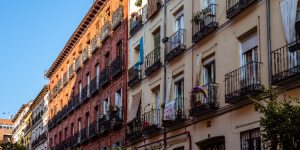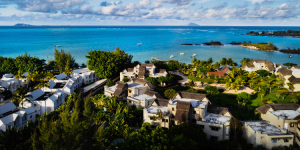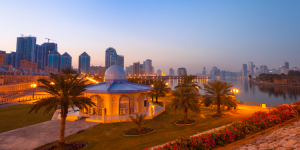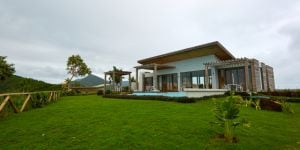
If you're going to live the big adventure in a foreign country, you might as well live it on all levels. Why settle for ordinary housing (which is admittedly very comfortable) when you can experience other places and forms of residence? Or maybe you're looking to save money? Here's a world tour of the new home sweet homes of expats.
Living in atypical housing as an expat
Many types of housing are out of the ordinary: igloo houses in Japan or Finland, houseboats in the Netherlands or Vietnam, American Tiny Houses, Swedish container houses, Belgian greenhouses, etc. You'll find them lost in the forest, blending into the natural landscape, floating on the lot, or perched in the air. These atypical homes are designed to help you to be closer to the environment and to yourself. The quest for the ideal home takes on the air of an initiatory journey and influences the very vision of expatriation.
Invest in a container house
Container houses are designed to be eco-friendly and economical. Made from large crates used in industry (storage crates, transportation of materials...), these containers are as durable as they are resistant. There are different types (maritime, with an opening roof...) for multiple locations (on water, in town, etc.). For the past few years, there has been a real boom in container houses. You can find them in many countries, including the United States, Canada, Australia and Sweden.
Travel with your houseboat
Living on the water is a dream for many people and may be a reality for you. Houseboats are another type of atypical housing popular with nature lovers. Some use them as a base (the houseboat always stays at the dock). Others use them as a means of transportation and don't hesitate to sail with their home. You can find houseboats in metropolitan areas and overseas, such as in France, Italy, and New Zealand.
Consider a tiny house
These minimalist little houses need no introduction. The concept, elevated to an art of living, emerged in the United States in the 2000s. The idea is simple: banish overconsumption to truly and fully enjoy what is necessary. The message of sobriety becomes necessary during economic crises and is gaining ground in other countries. Today, you can find tiny houses in many countries around the world: Brazil, Japan (where small homes already exist), South Africa, Algeria, Spain, Denmark, etc.
Live under a greenhouse
It is believed that the concept of living under a greenhouse was born in Sweden. The idea appeared in the 1960s, with architects wanting to take advantage of greenhouses' potential because the place, ecologically and economically, creates an ideal microclimate. Thanks to the "greenhouse effect", the water heats up quickly. The construction of an eco-responsible greenhouse (durable materials, solar panels...) makes it possible not to suffer from the winter. Nor does one suffer from the heat, again, thanks to "bioclimatic" engineering. The concept appeals to the Netherlands, Belgium and France.
Reinventing community living in a foreign country
Here, we are not talking about atypical housing but about an original way to reconnect with social ties while making great savings. A win-win operation for both you and your housemates. Finding accommodation in your host country can quickly turn into a test of strength. What if you opted for solidarity housing?
There are several types of solidarity housing. They are also called "intergenerational houseshares" or "intergenerational village". As the name suggests, it involves sharing accommodation with an elderly person. You can call on an agency specializing in this type of house-sharing. Some residences are specifically designed to accommodate a certain number of elderly and younger residents. Any pathologies are also taken into account. The objective remains to create social links between the generations.
However, keep in mind that opting for this type of housing should not be only financially motivated. This way of life is much more engaging than a simple house share; it is a solidarity project. You don't just live in the same house as an elderly person; you share a life project with them. For example, you can help them with errands, reading, household chores, or just spending time with them. Living with an elderly person is a strong commitment that should not be taken lightly. It is also a philosophy of life that will teach you a lot. Immersed in the local culture, you will become more familiar with your host city or country.
Additional considerations for choosing atypical housing as an expat
Research local building codes, permits, and zoning restrictions before choosing an atypical housing.
Ensure you have proper access to electricity, water, sanitation, and waste disposal.
Consider how your chosen atypical housing will fare in the local climate. For example, a tiny house might be perfect in a temperate climate but unsuitable for extreme temperatures.
Think about how you'll maintain and repair your atypical home. Finding specialists familiar with these types of structures might be challenging in some locations.
Living in an atypical home might not be for everyone, especially those who crave a strong sense of community. Consider how your chosen housing option might impact your social connections.
Ultimately, choosing atypical housing for your expat experience can be a rewarding adventure. It allows you to embrace a sustainable lifestyle, connect with nature, and create a unique living space. By carefully considering all the factors involved, you can make an informed decision and embark on a truly unforgettable expat adventure.



















